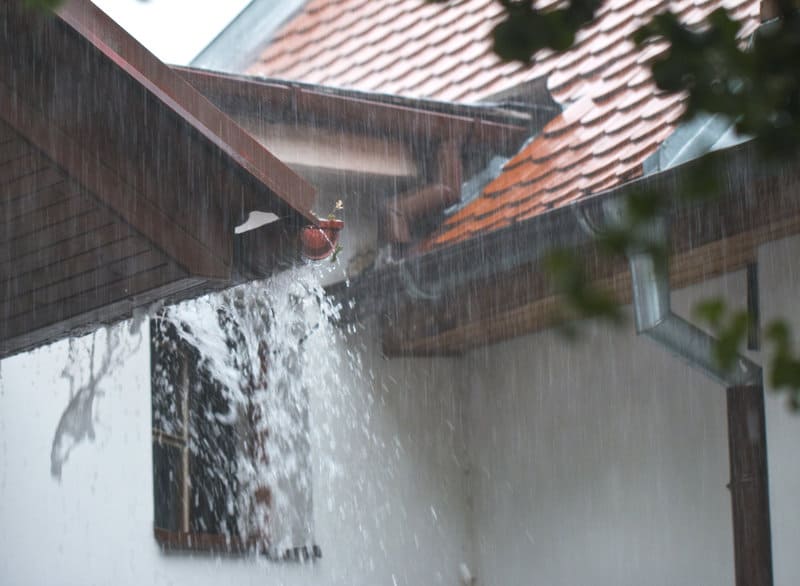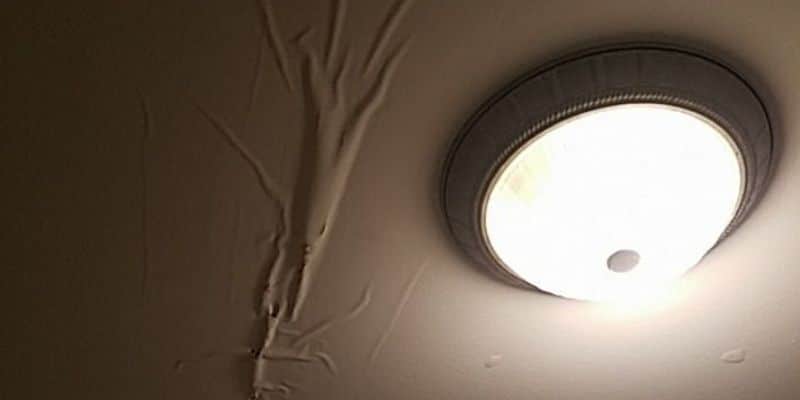Erase The Trace - Spotting And Repairing Water Stains On Walls
Erase The Trace - Spotting And Repairing Water Stains On Walls
Blog Article
This post following next about How to Find and Repair Water Leaking in the Wall is seriously motivating. Have a go and make your own personal results.

Water spots on wall surfaces are not enjoyable to the eyes. Sometimes it appears almost inescapable to experience water stains on wall surfaces in homes.
Property owners living in damp areas regularly deal with the anxiety of water stains on walls. With precise and also well-shaped details on the reasons of water stains and prompt repair work processes, you will constantly be an action in advance of such events.
3 Usual Sources Of Water Discolorations on Wall Surfaces
Contrary to popular belief, water stains on walls do not always stem from poor building products. There are numerous causes of water spots on wall surfaces. These consist of:
Moist
When warm wet air meets completely dry cool air, it creates water beads to base on the wall surfaces of structures. This happens in restrooms as well as cooking areas when there is heavy steam from food preparation or showers. The water beads can tarnish the bordering walls in these parts of your home and also spread to other areas.
Moist or condensation impacts the roofing system as well as walls of buildings. This causes them to appear darker than other locations of the residence. When the wall surface is wet, it develops an ideal atmosphere for the growth of microorganisms as well as fungi. These might have negative impacts on health, such as allergic reactions as well as respiratory disorders.
Poor Water drainage
This will certainly prevent water from seeping right into the walls. This links to too much wetness that you discover on the wall surfaces of your building.
The leading reason of wet wall surfaces, in this case, can be an inadequate drainage system. It can likewise result from inadequate management of sewer pipelines that go through the building.
Pipeline Leaks
The majority of homes have a network of water pipelines within the wall surfaces. It always boosts the stability of such pipes, as there is little oxygen within the wall surfaces.
A drawback to this is that water leak influences the wall surfaces of the structure and causes extensive damage. An indicator of malfunctioning pipelines is the look of a water stain on the wall.
Pro Suggestion
A houseplant in your home likewise boosts its humidity. So, if your home is currently moist, you might intend to present houseplants with very little transpiration. An instance of ideal houseplants is succulents.
Water Discolorations on Wall Surface: Fixing Tips
When dealing with water discolorations, home owners would usually desire a fast repair. They would soon understand this is detrimental as the water stains recur. So, here are a few handy pointers that will direct you in the fixing of water spots on walls:
Verdict
No one desires to have water spots on walls in their residence, it can occur to the best of us. This article provides you take advantage of, as you currently understand how to manage this incident if it does occur.
It is constantly best to hire professional solutions to assist fix the problems in your home.
Sometimes it seems almost unpreventable to experience water spots on walls in houses.
Contrary to preferred belief, water stains on wall surfaces do not always stem from inadequate building products. There are a number of reasons of water spots on walls. The water beads can stain the bordering walls in these components of your house and also spread to other locations.
Right here are a couple of valuable pointers that will lead you in the repair of water spots on wall surfaces:
CHECKING FOR WATER DAMAGE
Water damage can be costly, and it may begin before you even notice the first signs of trouble. Water damage can cause mold and mildew in your walls and floors, which can create an abundance of health concerns for your family. It can also lead to costly repairs of various appliances and general home fixtures. To avoid the pricey consequences of water damage, here are Warner Service’s top 5 places you should check:
The walls – The easiest place to spot the beginnings of water damage is on the walls and ceilings of your home. If water damage is present, there will most likely be water stains, especially around the windows and doorframes, and/or cracks in the drywall. If a stain looks unusual (discolored to brown, black or gray, raised texture), has a swollen appearance or is soft to the touch, contact a professional immediately. The pipes – To avoid water damage, consistently check the pipes in your kitchen (especially the dishwasher and ice maker), bathrooms, laundry room (specifically washing machines) and basement for corrosion, leaks and water stains. Pay special attention to where the pipes connect in your home and the location of caulking around the bathroom fixtures, including toilets, sinks, showers and tubs. Missing or loose caulking and grout could be signs of leaking water. This seepage can also quickly cause mold and rust, so double check your water heater and tank for wet spots on the floor. The floor – Water damage is very easy to spot on the floor. Look for any warping or buckling of the material, especially in the basement. If your home has wood flooring, look for bright white or dark stains. If your home has carpeting, keep it dry and clean. A damp carpet that smells of mold could cause water damage and health problems. To avoid this, consider installing floor pans under your appliances to help prevent damages from small, slow and undetected leaks. The basement and attic – If your basement or attic smells odd check for mold and mildew around the area, especially the valley where the roof meets. While you are inspecting those areas, check for wall cracks, floor stains, rust and dampness in the insulation. If you live in a colder and/or rainier climate, perform routine checks for water damage from melting snow or ice and rain. The exterior – Check the roof for damaged flashing and missing, cracked or curled shingles. There should also be no standing water anywhere outside your home. This could be caused by puddles, leaky rain gutters or hoses, poor drainage, or short gutter spouts. Invest in a sump pump system or water flow monitoring system, and perform routine maintenance on these outdoor appliances to avoid indoor water damage.

We had been brought to that write-up on How to Remove Water Stains from Walls and Ceilings through a good friend on a different domain. Please take a moment to share this blog if you appreciated it. Many thanks for your time spent reading it.
View Website
Report this page